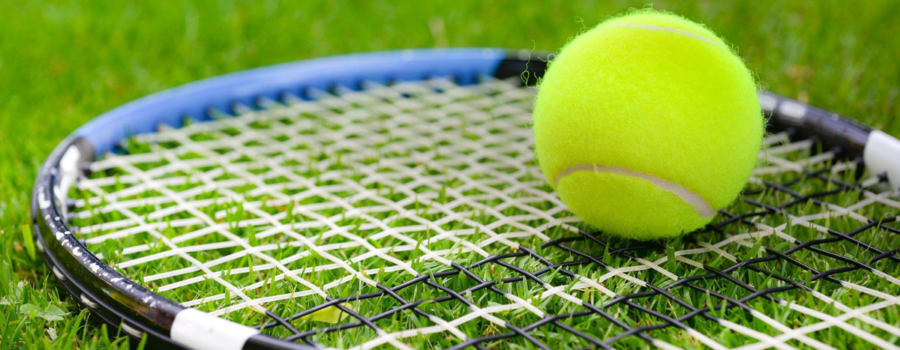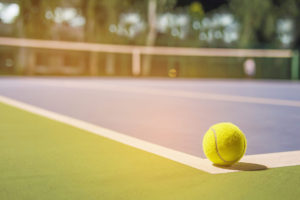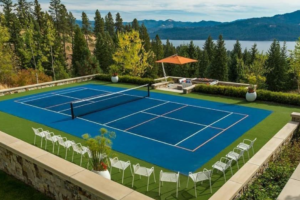Grass courts have been a staple of tennis since the late 1800’s. Surprisingly, the courts are made with a mixture of different types of grasses, not just one, depending on the tournament.
And they’ve become rarer to find.
Maintenance and History
Rightfully dubbed “lawn tennis,” the game is played on a quarter inch of grass properly maintained for peak efficiency. Nowadays, experts have it down to a science. Cutting is generally required up to twice a day, once in the morning and once at night. This is however, only for the warm season, different grasses are used in transitional and cool seasons.
Considered a sacred part of England’s tennis history, today lawn tennis is predominantly played by the upper class. Some of the most famous courts in the world, such as the ones in Wimbledon, are made of a mixture of 70% perennial ryegrass and 30% creeping red fescue.
Grass vs. Hard Courts
The ball tends to move much faster and bounces at a lower angle off soft grass. This plays into the favor of players who like hitting heavy on the ball, opposed to more conservative players. When the dirt of the grass begins to dry throughout the course of play, the ball will begin to speed up even more, requiring quicker reaction time and better footwork. The best technique on grass courts is to hit the ball flat without much topspin, causing the ball to skip past your opponent.
Grass courts are certainly for more experienced players, compared to modern-day acrylic and synthetic tennis courts. But their beauty and rarity today, is hard to match. In terms of owning personal tennis courts, lawn tennis would be difficult to replicate due to its high maintenance and weather dependency. That is why most tennis players stick to hard tennis courts; easy to maintain, weather-resistant, and levels the playing field in terms of competition.






Most Commented Posts